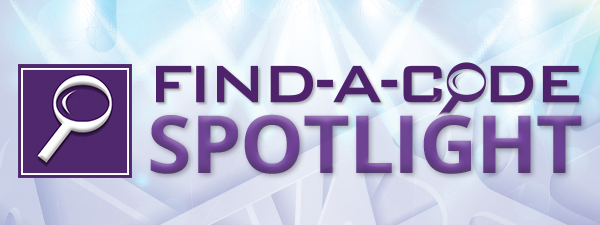 Medical Necessity is not Medical Decision MakingFebruary 29, 2016 By: Codapedia Editor (Jun/01/2015) I can count on two consistent issues in coding audits. Doctors report that their patients are, in general, sicker than patients in other practices. Coders report that their physicians are, in general, worse documenters than physicians in other practices and select codes that are too high based on the volume of the documentation without considering the medical necessity for the visit. Because medical necessity is hard to define, some compliance policies mandate that medical decision making be used as a substitute for medical necessity. As a frequent arbiter to these discussions and an experienced E/M auditor, I am uniquely positioned to comment on this topic. The most often quoted reference in the discussion comes from the Medicare Claims Processing Manual, Chapter 12 Section 30. Medical necessity of a service is the overarching criterion for payment in addition to the individual requirements of a CPT® code. It would not be medically necessary or appropriate to bill a higher level of evaluation and management service when a lower level of service is warranted. The volume of documentation should not be the primary influence upon which a specific level of service is billed. It is brief and to the point, but provides no mechanism to operationalize the guidance. It relies solely on physician’s or coder’s judgment. For this joint pain, how much of an exam was needed? For that throbbing headache, what systems needed to be reviewed? What part of the volume of the detail was medically necessary for the physician to document and what part of the volume of detail was simply the doctor aiming for a higher level of code? Or just using the tool--the electronic health record—provided? The spirit of the guidance is clear but the interpretation is based on judgment. The Documentation Guidelines themselves and the audit tools that sprang up after the guidelines were released provide a more objective tool in auditing an E/M note. Using these tools, the level of service is based upon the key components of history, exam and medical decision-making. Some codes require all of the three components and audit to the level of the lowest component. Some services require only two of the three key components. Of course, the CPT® book defines an E/M service as having seven components (history, exam and medical decision making are the three key components; most audit sheets have time as the fourth. Counseling coordination of care, and the nature of the presenting problem are the final three components.) The CPT® book includes charts for all E/M services in which the nature of the presenting problem is listed. It also states that counseling coordination of care at the nature presenting problem are considered "contributory factors in the majority of encounters.” The CPT® book devotes a section to describing the five types of presenting problems, which are defined as minimal, self-limited or minor, low, moderate or high. Within the Tabular listing of E/M codes, CPT® assigns a type of presenting problem to each level of service. For example, for 99203, usually the presenting problem (s) are of moderate severity. CPT® describes moderate severity (in the E/M Services Guidelines section of the book) as “A problem where the risk of morbidity without treatment is moderate; there is moderate risk of mortality without treatment; uncertain prognosis OR increased probability of prolonged functional impairment.” The medical necessity for performing the key components of history and exam are determined by the nature of the presenting problem, the patient's own personal history and the clinical judgment of the provider. The medical decision making, that is the diagnostics ordered, the assessment and the plan are formulated as a result of the nature of the presenting problem, the patient’s past medical history, and the history and exam performed at that visit. Medical decision-making is the outcome of the visit and is not a substitute for medical necessity. If CMS had wanted medical decision making to be that substitute then the Medicare Claims Processing Manual would read, “medical decision-making is the overarching criterion in selecting an E/M service” instead of medical necessity. If CMS had wanted medical decision making to be a substitute for medical necessity than either medical decision-making would be required in determining the code or all codes would require all three components. Physicians do need to use their electronic health records in a way that more clearly documents what happened at the visit. In most cases that means document what would have been dictated, and be prudent in copying and clicking. Length of note doesn’t win a prize. Coders need to recognize the difference between the medical necessity of performing a history and exam based upon the nature of the presenting problem and the patient's condition and medical decision making that is the clinical outcome of the encounter. Organizations should seriously consider how policies and incentives are effecting coding for E/M services. share
More Items in February 2016
To view more items select a month from our "Items by Month" list. |
2023 view 2022 view 2021 view 2020 view 2019 view 2018 view 2017 view 2016 view 2015 view 2014 view 2013 view 2012 view 2011 view 2010 view 2009 view 2008 view |
Thank you for choosing Find-A-Code, please Sign In to remove ads.


 Quick, Current, Complete - www.findacode.com
Quick, Current, Complete - www.findacode.com